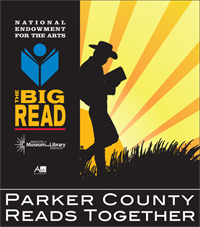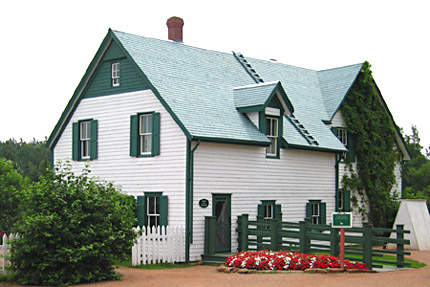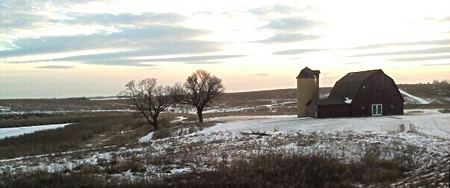February 15, 2008
Washington, DC
Things ain’t what they used to be. Adam and Eve expelled from Paradise. The Dodgers leaving Vero Beach. Warren Zevon dead. Reading down. The list goes on.
There’s a word for this type of melancholy, and it isn’t griping. It’s elegy, from the Greek elegos, meaning a poem lamenting a bygone era or someone lost. For as long as there have been people to say it, there have been people saying how soft we all used to have it — back when publishing was a gentleman’s profession, when ballplayers didn’t juice, when fire didn’t make the cave walls all sooty. Not many people know this, but right after the Big Bang, guys said to a bartender, “Sure was nicer when all matter was compressed into a single point no larger than this shotglass.”
The Big Read author John Steinbeck interrogated the impulse to lazy elegy in his other triple-decker classic besides The Grapes of Wrath, the elegiacally named East of Eden. In it the sheriff’s deputy and his boss are riding across the valley to grill Steinbeck’s hero, Adam Trask, about how his monstrous wife, Cathy, happened to shoot him in the shoulder. The deputy looks out at the land and says — with Steinbeck’s great ear picking up every last word — “Christ, I wish they hadn’t killed off all the grizzly bears. In eighteen-eighty my grandfather killed one up by Pleyto weighed eighteen hundred pounds.”
Steinbeck’s gift is to put into the deputy’s mouth a nostalgia that most of us feel at one time or another, and then to undercut it immediately. Sure, Julius misses the now-extinct California grizzly — but maybe if his own family hadn’t been so quick with a Remington, there might still be one or two left. Steinbeck doesn’t ridicule our elegiac reflex, but he’s far too smart not to point out the hypocrisy that often thrums under it like an aquifer.
Then again.
For almost as long as folks have been saying how soft we all used to have it way back when, there have been others who’ll say that’s a crock. They insist that everybody always thinks we’re living in, to invoke Thomas Pynchon, “the spilled, the broken world.” They like to write opinion pieces with elegiac quotes about how the automobile has ruined everything, or how insipid television is, and then – whoa, Nelly! – try to make you feel like an idiot for not guessing that the quote in question was written in 1910 or 1940, respectively. In other words, the world can’t be getting worse because folks thought the world was getting worse even when it was better, so how bad can it be?
Alas, there’s a logical flaw in this anti-elegy argument that wants exposing. Isn’t it just possible that the world has always been getting worse? That things seemed worse a hundred years ago because they really were, but that things seem worse now because they’re even worse than they were?
To which anyone might be forgiven for saying, “Thanks, and you have a nice day too.” I’m arguing no particular brief for either side. But it’s interesting to note that of the 21 fine novels to date on the Big Read list, elegies are conspicuous by their near absence.
Poetry may lend itself to elegy more than novels do, or than good novels do. As I look down the Big Read list, I see a lot more stories about what lousier lives we used to lead. A Lesson Before Dying, The Heart Is a Lonely Hunter, The Shawl, The Age of Innocence – not a lot of nostalgia there. Only the pretty happy childhoods in The Adventures of Tom Sawyer, and My Ántonia’s sweet prairie eventually plowed under – have a look at it now, Willa, and see what “plowed under” really looks like – sound like wistful sighs over yesteryear.
In a weird way, Fahrenheit 451 is the most elegiac book on the list. It warns us of a dystopian future without books, a future whose roots could already be glimpsed when Bradbury wrote it half a century ago. If anything, Montag’s story aches with a kind of nostalgia for the present — a useful phrase, into which my preliminary provenance inquiries have proven inconclusive.
Dubious speculation about this expression, or about all things elegiac, are most emphatically welcome at kipend@arts.gov. And now, this post isn’t what it used to be. It used to be unfinished…





